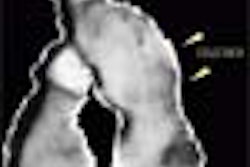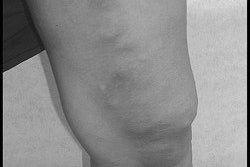(Ultrasound Review) Correct prenatal diagnosis of skeletal dysplasias presents a medical challenge, according to obstetricians at Northwestern University Medical School in Chicago and Evanston Northwestern Healthcare in Evantson, IL. Skeletal dysplasias include a mixture of bony developmental problems that lead to skeletal abnormalities, in particular abnormal bone shape and size.
In order to assess the accuracy of prenatal determination of skeletal dysplasias, they reviewed the records of 37 cases over an 8-year period, and found that 31 had adequate records for analysis. Sonographic evaluation was requested for a number of reasons including routine screening and dating, advanced maternal age, prior skeletal dysplasia, suspected small fetus due to growth retardation, maternal diabetes, and multiple gestation. Ultrasound results were compared to the postnatal or postmortem findings.
Published in the Journal of Ultrasound in Medicine, their study determined 20 of 31 (65%) cases were correctly diagnosed. Antenatal prevision of lethality was highly reliable, according to the authors.
"The condition was correctly thought to be lethal in 16 of the fetuses on the basis of early severe long bone shortening (13), femur length...abdominal circumference ratio of less than 0.16 (12), hypoplastic thorax (10), marked bowing or fractures (4), short ribs (4), caudal regression (1), and cloverleaf skull (1)," the authors reported.
Ultrasound incorrectly diagnosed two cases of skeletal dysplasia. "Both were isolated findings of mild long bone shortening, specifically, a 3-to 4-week discrepancy at 30 weeks," they said.
An abnormal FL/AC ratio (<0.16) was present in 92% of lethal dysplasias where these measurements were taken. In three cases a femur length measurement was not possible due to severe shortening. Their research determined that the most prevalent predictors of lethal skeletal dysplasias included "early and severe shortening of the long bones, femur length...abdominal circumference ratio of less than 0.16, hypoplastic thorax, and certain distinguishing characteristics."
Antenatal detection of skeletal dysplasiasParilla, B et al.
Division of maternal-fetal medicine, department of obstetrics and gynecology, Evanston Northwestern Healthcare, Evanston, IL; Northwestern University Medical School, Chicago.
J Ultrasound Med 2003 March; 22:255-258
By Ultrasound Review
May 27, 2003
Copyright © 2003 AuntMinnie.com



















